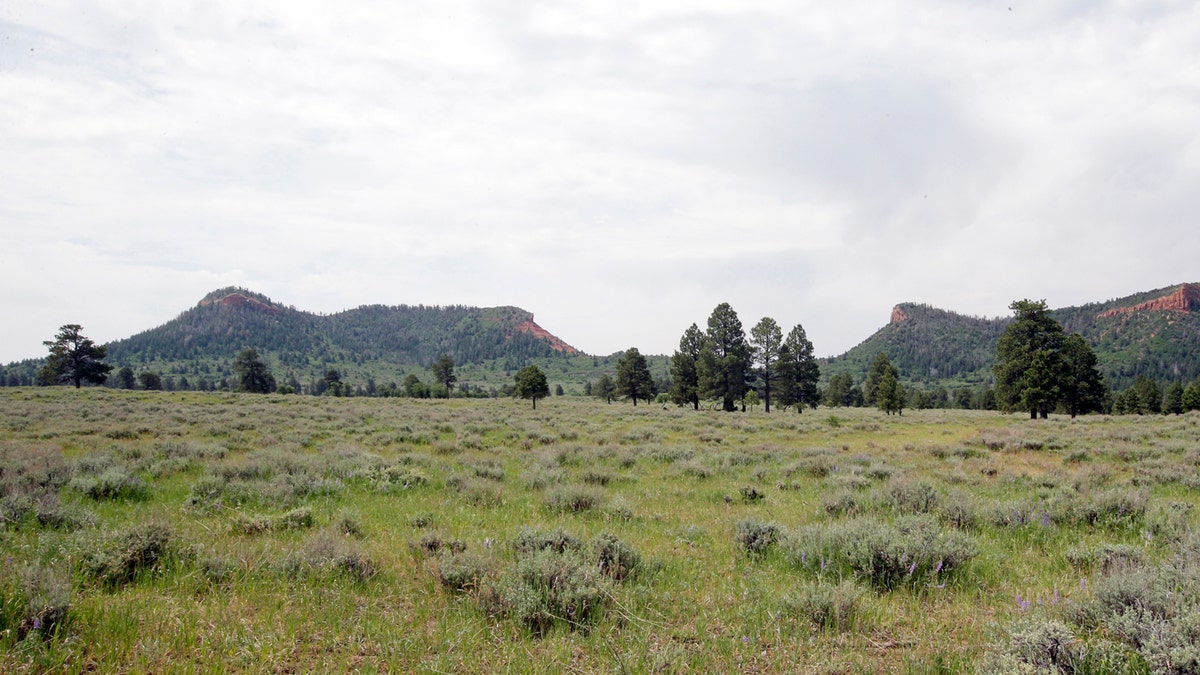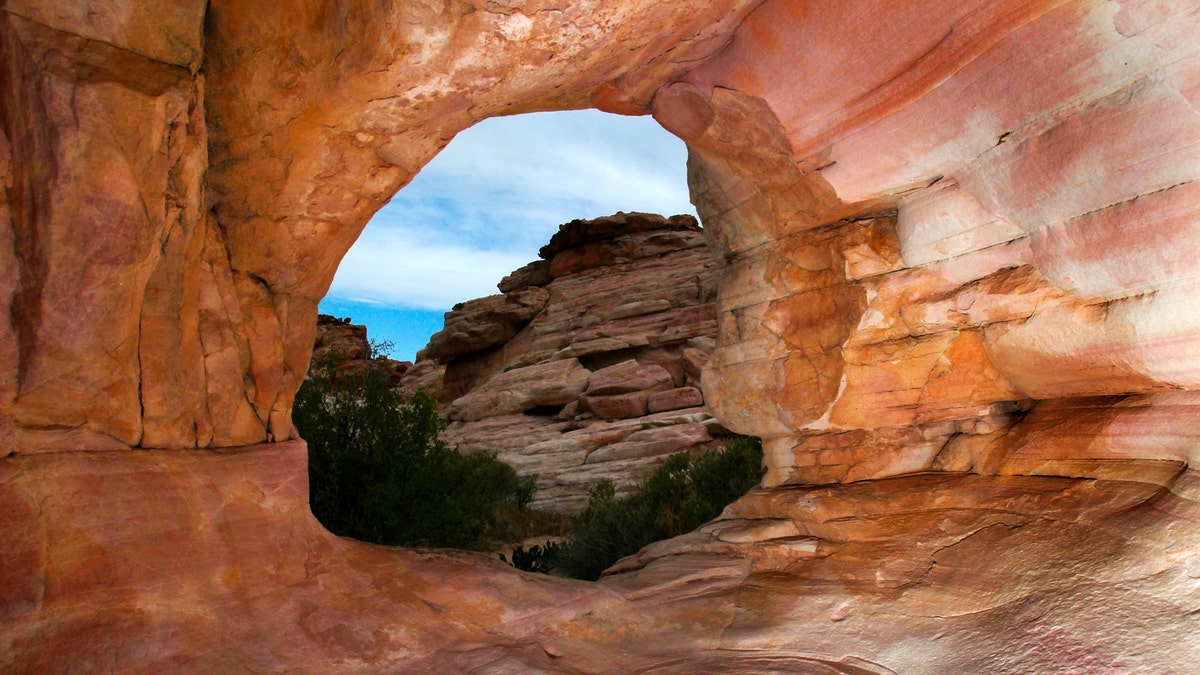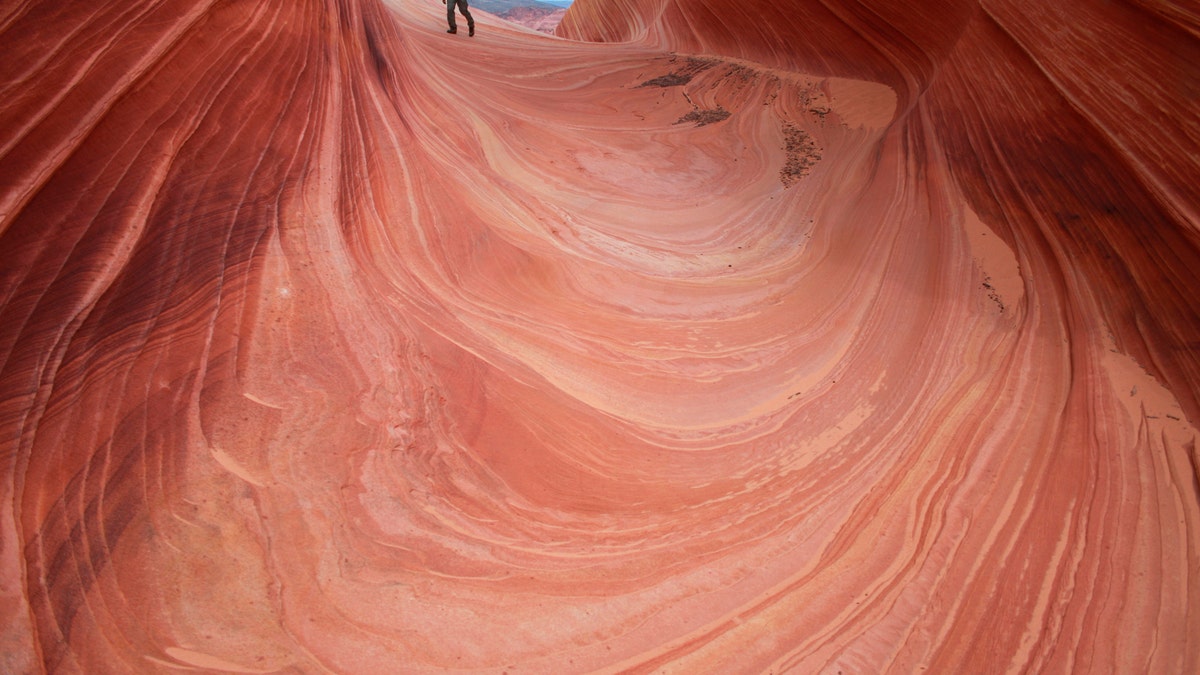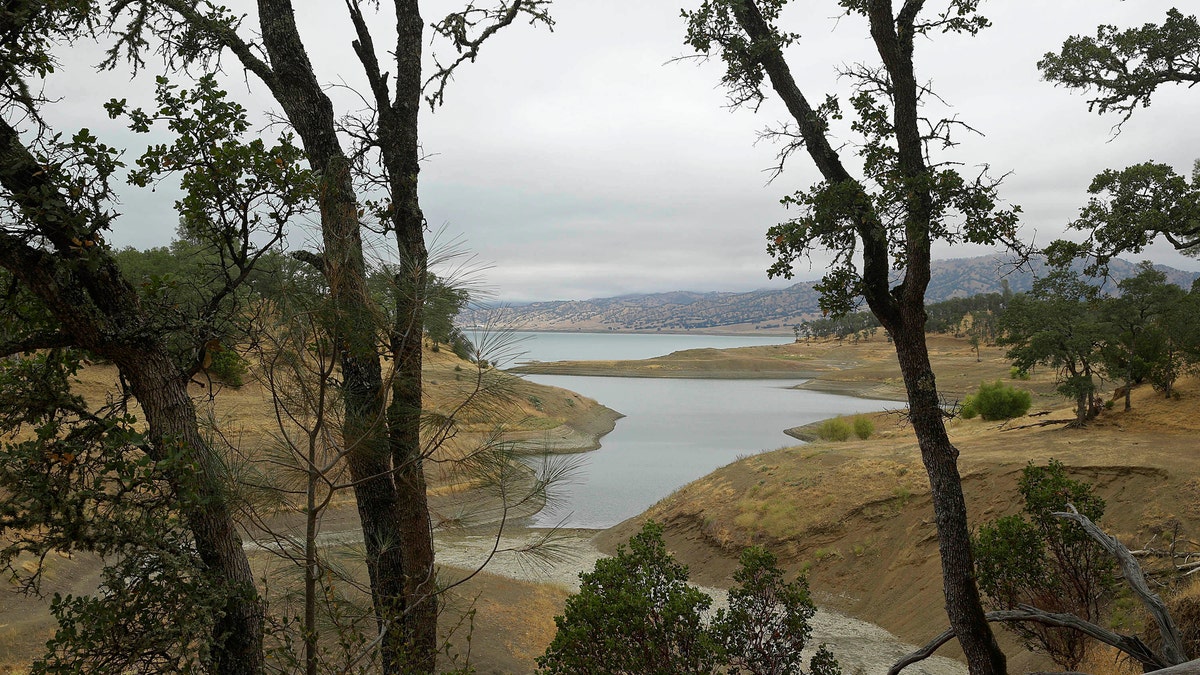President Trump directs a review of national monuments
The executive action orders a reassessment of any monument designation made since 1996 that is over 100,000 acres in size; Doug McKelway takes a look at both sides for 'Special Report'
President Trump last month ordered a review of national monuments, an examination that will cover more than 100,000 acres that were designated by presidential decree over the past 21 years, and will assess whether past presidents put a stranglehold on millions of acres of federal land to keep it from being used by ranchers, farmers or for outdoor recreation.
The Department of the Interior will look at dozens of monuments, starting with the Bear Ears National Monument located in southeast Utah. It covers 1.35 million acres and was proclaimed a National Monument by President Barack Obama on December 28, 2016, just as he was leaving office.
Trump referred to it as a “massive federal land grab,” noting: “It’s time to end these abuses and return control to the people.”
WHAT ARE NATIONAL MONUMENTS AND WHY IS TRUMP REVIEWING THEM?
“Presidents Clinton and Obama used a statute meant to protect archaeological finds to lock up tens of millions of acres of federal land to prevent mining, ranching, oil and gas development, logging and even recreational activity,” William Perry Pendley, president of the Mountains States Legal Foundation, a non-profit public interest group, told Fox News. “Now, in those areas, almost nothing can take place. You can go in and take pictures and nothing else.”
He called what President Trump has done “courageous” and says this decision “broke the mold.”

In this June 22, 2016 file photo, the "Bears Ears" buttes are shown near Blanding, Utah. (In this June 22, 2016 file photo, the "Bears Ears" buttes are shown near Blanding, Utah.)
Sen. Orrin Hatch, R-Utah, echoed President Trump, condemning the “unilateral decision” of President Obama, claiming it “undermines the local economy” and “rendered this land useless.”
Bear Ears and other national monuments were created under the Antiquities Act of 1906, a law designed to protect “objects of historic and scientific interest.” It confers upon the president authority to proclaim national monuments on federal land, thus limiting the use of a site and, hopefully, preserving ruins, artifacts and so on.
TRUMP'S NATIONAL MONUMENT ORDER DELIGHTS UTAH REPUBLICANS, BUT SETS STAGE FOR LEGAL BATTLE
“I think there is enough land out there, and people are smart enough, that we can have multiple-use and still protect the land,” Karen Budd-Falen, a rancher and private property rights attorney in Wyoming, told Fox News.
Budd-Falen has spent her career fighting for landowners, including ranchers, out West. She hopes the current administration will scale back the amount of land the last administrations have deemed protected.
The federal government controls a lot of land -- 28 percent of the entire country and close to half of the West. Some believe when presidents declare large tracts of this land to be, in essence, untouchable, they are going against the spirit of the law, which declares the “parcels of land” reserved for national monuments be “confined to the smallest area compatible with proper care and management of the objects to be protected.”
But if presidents have gone beyond what might have been originally imagined, by and large, what they’ve done has been popular. Polls show that most Americans are pleased that millions of acres of public land have been set aside.

This April 5, 2012 file photo shows rock formations in Gold Butte, located about 90 miles northeast of Las Vegas. (This April 5, 2012 file photo shows rock formations in Gold Butte, located about 90 miles northeast of Las Vegas.)
TRUMP TO ORDER REVIEW OF NATIONAL MONUMENTS
Interior Secretary Ryan Zinke agrees with that sentiment. “No one loves their public lands more than I,” he said.
But he fears the federal government may have overreached, leading to “lost wages, lost jobs and reduced public access.”
"The view from the Potomac is a lot different than the view from the Yellowstone or the Colorado,” Zinke said in a press release late last month. “Too many times, you have people in D.C. who have never been to an area, never grazed the land, fished the river, driven the trails, or looked locals in the eye, who are making the decisions and they have zero accountability to the impacted communities. I'm interested in listening to those folks. That's what my team and I will be doing in the next few months."
WHAT ARE NATIONAL MONUMENTS AND WHY IS TRUMP REVIEWING THEM?

In this May 28, 2013, file photo, a hiker walks on a rock formation known as The Wave in the Vermilion Cliffs National Monument in Arizona. (In this May 28, 2013, file photo, a hiker walks on a rock formation known as The Wave in the Vermilion Cliffs National Monument in Arizona.)
One person who hopes to be on that list of folks is Budd-Falen. She is preparing comments to deliver to the Trump administration. She thinks the current designations are bad for the local economy. And, she said, it causes problems beyond those impacting her fellow ranchers.
“Any denial of legitimate access is a loss,” she said. “Hunters, outfitters, the guy who owns a little motel where hunters stay… Where you have these areas people cannot access, it is a loss of jobs. It clearly affects those little communities and little towns that rely on those jobs.”
But supporters of national monuments say it’s important to permanently protect all that fragile land from mining, ranching and oil-extraction. They also say public lands do create jobs related to their recreational use.
John Wallin, acting executive director of the Conservation Lands Foundation, told the Washington Post: “It’s pretty shocking that [President Trump] thinks it’s a good use of the federal government’s time and resources. I’m hoping Zinke can bring some Westerner’s common sense to the president, and let him know that places like Bears Ears and Gold Butte in Nevada have a well-documented history of being popular with Americans.”
Navajo Nation President Russell Begaye, in an April press release, stated his displeasure with the review, saying President Obama’s designations of Bear Ears National Monument “affords us the right to protect and preserve the sanctity of the land from which we harvest traditional medicines, and that we hold in reverence as the birthplace of our ancestors.”
Begaye said his work with Obama was “a collective effort of tribal nations” and he is “asking President Trump and Secretary Zinke, in their review of the designations, to uphold tribal sovereignty as mandated through our treaties with the federal government.”

In this July 10, 2015, photo, trees frame Lake Berryessa with California's newest national monument in the background near Berryessa Snow Mountain National Monument, in Calif. (In this July 10, 2015, photo, trees frame Lake Berryessa with California's newest national monument in the background near Berryessa Snow Mountain National Monument, in Calif.)
If President Trump rolls back his predecessors designations, Pendley of the Mountain States Legal Foundation said he is certain it will result in a court battle.
“The other side is going to fight him,” he said.
But, ultimately, he feels the Supreme Court will rule that Trump has the authority to do so.


